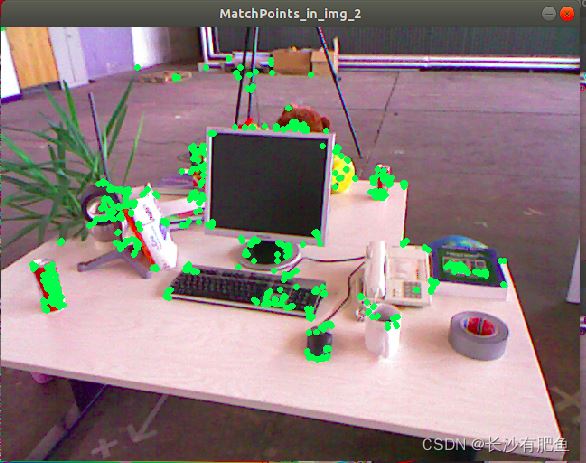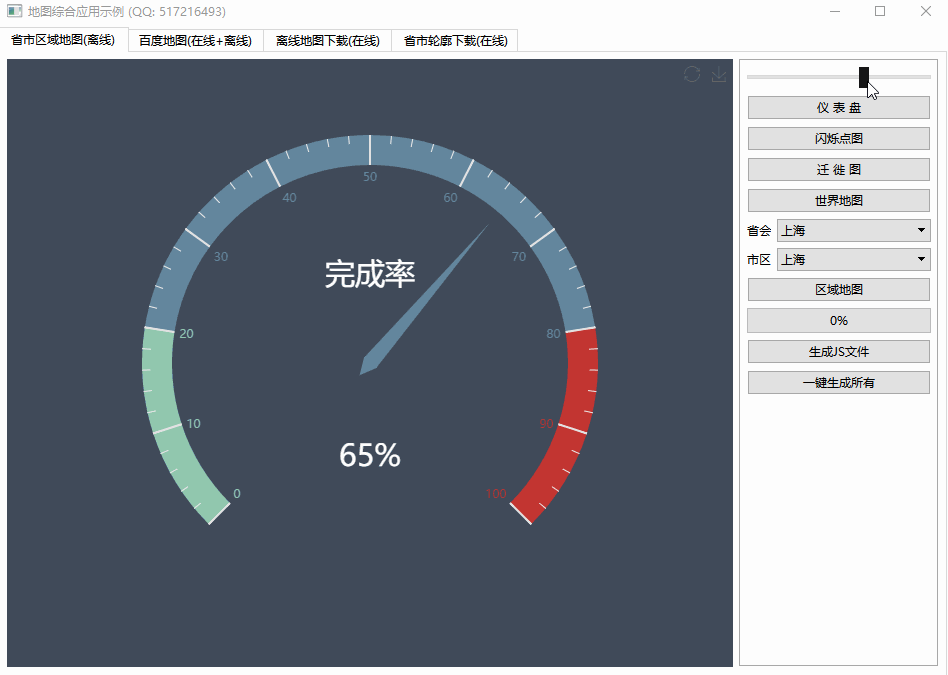Why does STL set have count() when all elements are supposed to be unique?(当所有元素都应该是唯一的时,为什么 STL 集有 count() ?)
问题描述
我可以理解multiset有count(),用于计算一个值出现的次数,因为元素可以在multiset中重复.但是当所有的值都已经是唯一的时候,设置 count() 有什么意义呢?
I can understand that multiset has count(), for counting the number of occurrences of a value, because elements can be repeated in multiset. But what's the point of having count() in set, when all the values are already unique?
推荐答案
count 是 关联容器要求(1).
每个关联容器都需要将其作为其接口的一部分提供,即使结果始终为 0 或 1,就像 std::set 的情况一样.
Every associative container is required to provide it as part of its interface, even if the result is always zero or one as is the case with std::set.
(1) 这是描述关联容器概念的 SGI STL 文档的链接;C++ 标准中定义的概念可能会略有不同,但不会大不相同.
(1) This is a link to the SGI STL documentation describing the Associative Container concept; the concept as defined in the C++ standard may differ slightly, but not substantially.
这篇关于当所有元素都应该是唯一的时,为什么 STL 集有 count() ?的文章就介绍到这了,希望我们推荐的答案对大家有所帮助,也希望大家多多支持编程学习网!
本文标题为:当所有元素都应该是唯一的时,为什么 STL 集有 count() ?


- 一起使用 MPI 和 OpenCV 时出现分段错误 2022-01-01
- 静态初始化顺序失败 2022-01-01
- 从python回调到c++的选项 2022-11-16
- 与 int by int 相比,为什么执行 float by float 矩阵乘法更快? 2021-01-01
- Stroustrup 的 Simple_window.h 2022-01-01
- STL 中有 dereference_iterator 吗? 2022-01-01
- 近似搜索的工作原理 2021-01-01
- 使用/clr 时出现 LNK2022 错误 2022-01-01
- 如何对自定义类的向量使用std::find()? 2022-11-07
- C++ 协变模板 2021-01-01









